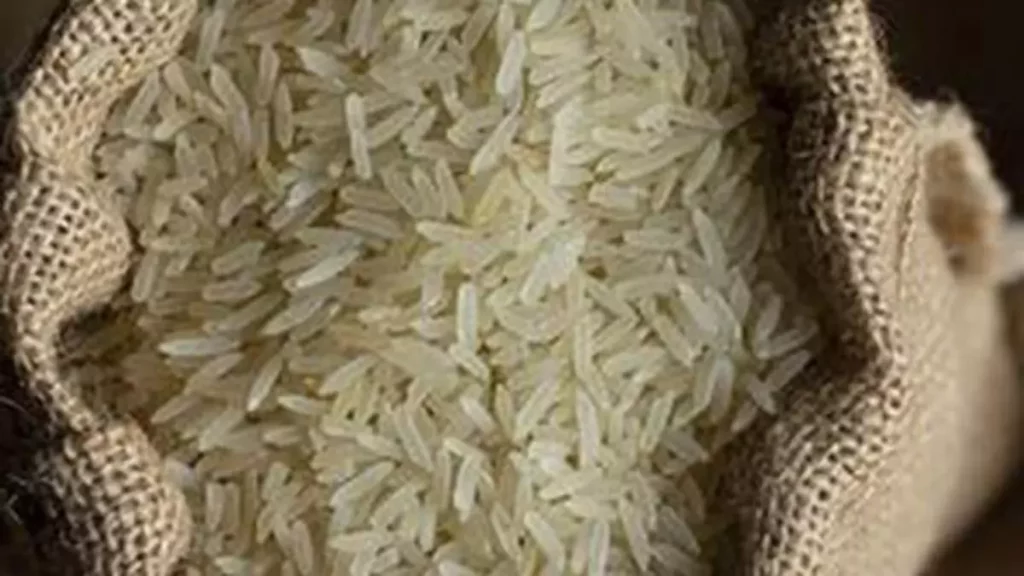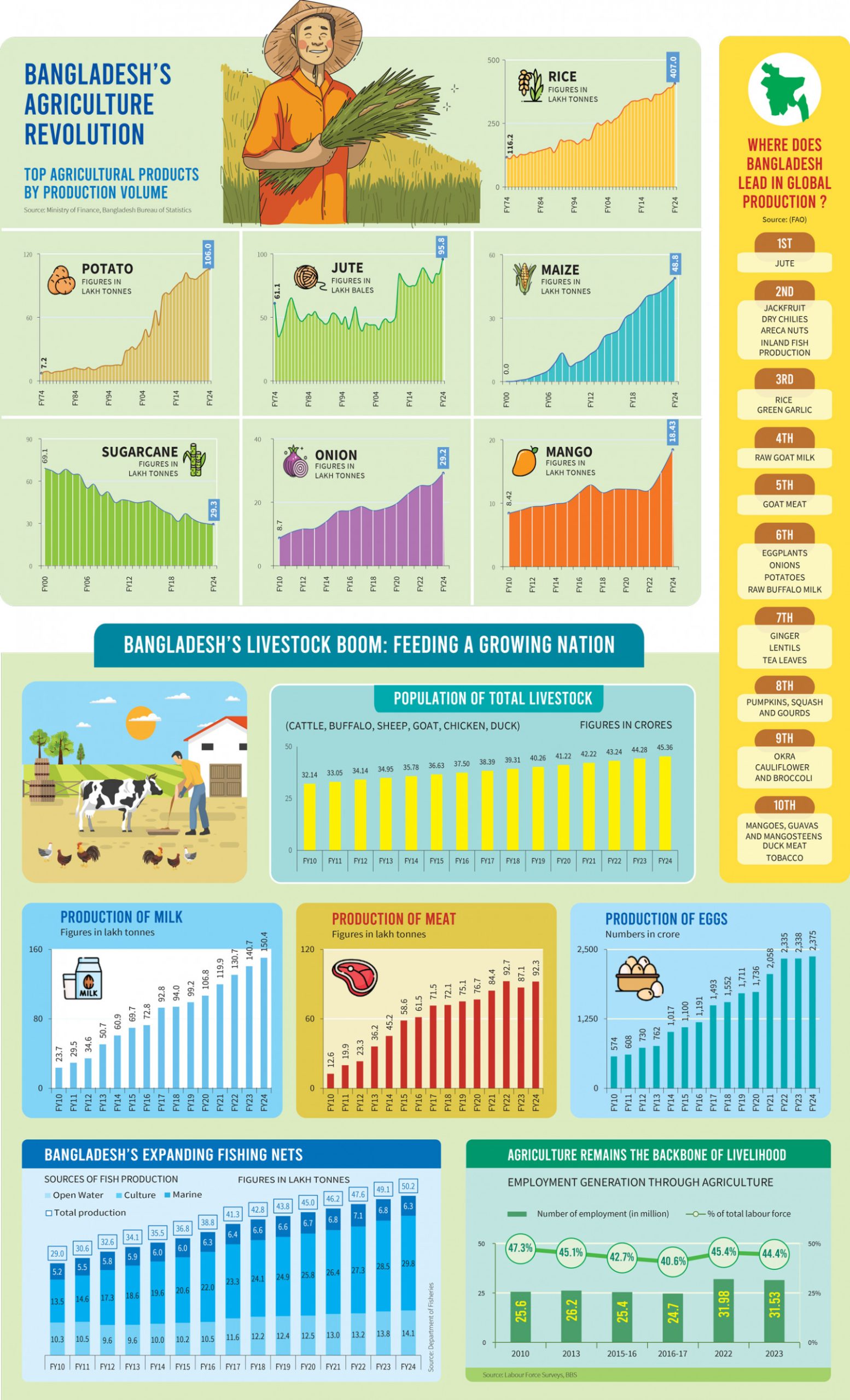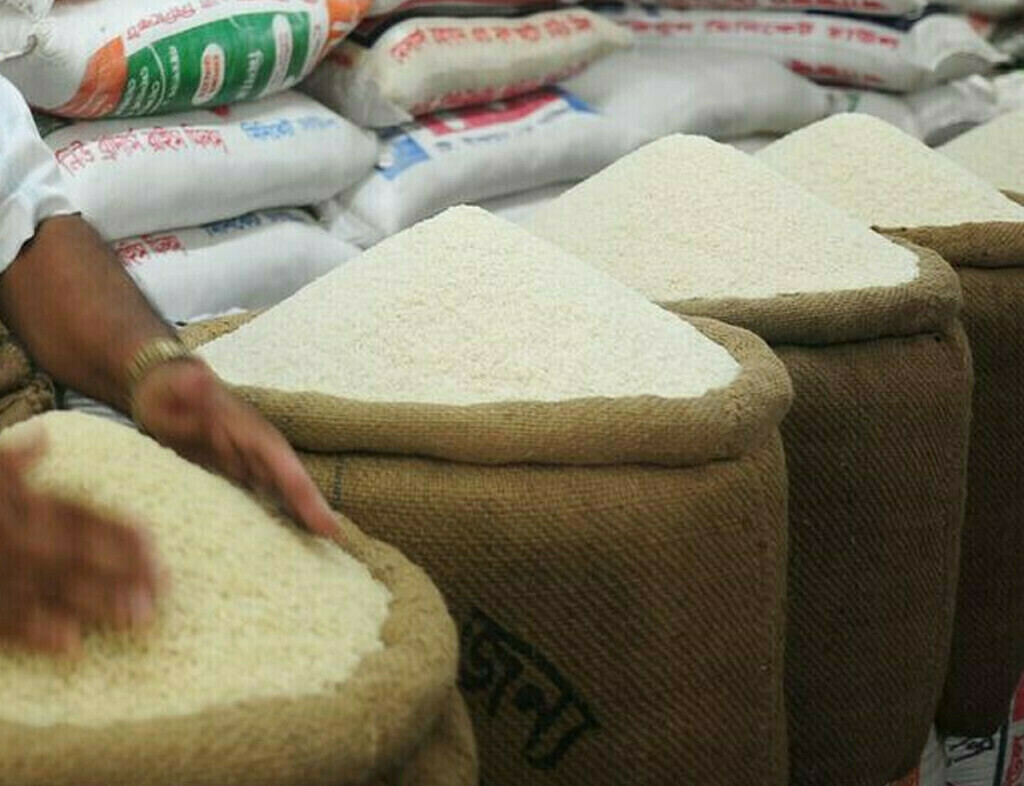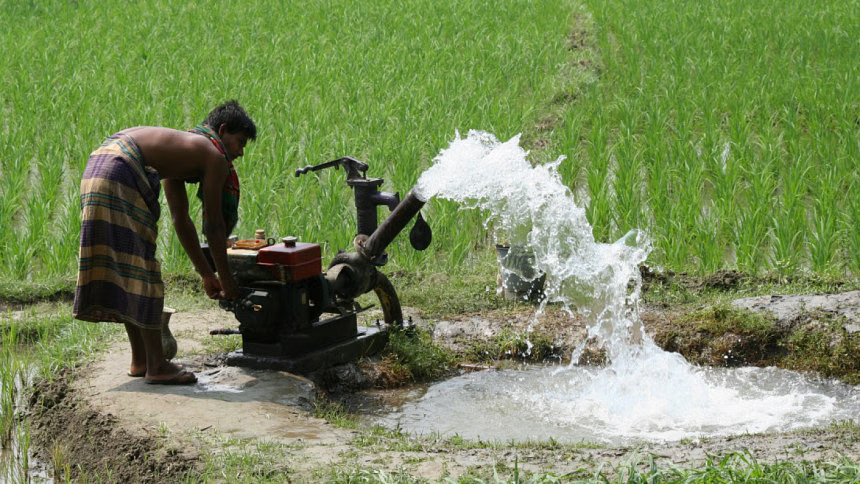Tags
Why Indian traders prefer to buy rice from open market rather from FCI
As ethanol makers buy brokens at ₹26.50/kg from the market, the parastatal agency’s OMSS sale evokes poor response.

Ethanol manufacturers are purchasing broken rice from the open market at ₹26-26.50 a kg even as the response to the sale of rice by the Food Corporation of India (FCI) under the open market sale scheme (OMSS) continues to be poor.
Industry players and traders say the FCI will have to bring down the prices to evoke any interest among the trade.
“The FCI’s reserve price of ₹29/kg may appear to be low for the Government, but it is not when compared with the same rice available in the open market,” said Suresh Putthi, a trader in the Delhi national capital region.
Issues with FCI offer
FCI has to lower the price to sell rice under OMSS. It should offer quality material after making gradation of the rice based on actual broken percentage and think of offering parboiled rice to those consumers who prefer such a variety, he said.
“There are certain issues with the FCI offering rice under OMSS. Apart from ₹29/kg cost, there are additional costs. GST is applied on the OMSS sale. Then, we have to spend separately for jute gunny bags,” said Delhi-based exporter Rajesh Paharia Jain.
With transportation costs too come into play, it is not viable to procure rice by traders at this price, he said. Besides, buyers have to pay the full money for the quantity they take upfront, which adds up to the overheads.
Lacking sincerity?
In contrast, ethanol manufacturers do not face such issues. Also, they get time to make their payment to traders who supply them the produce. So, the trade prefers to purchase from the open market.
“If a company in Ranchi, after buying paddy a₹2.050-2,100/quintal (₹31/kg in terms of rice) is able to sell its parboiled rice to Delhi’s consumers at ₹42-45 with at least four intermediaries being involved before it reaches the consumer, FCI can easily make available its rice to consumers at ₹28-29/kg if it makes a sincere efforts,” said Balram Aggarwal, a rice trader in Bareilly.
Rahul Chauhan of I-Grain said, “Last year, the quantity of rice sold under different government schemes through the public distribution system (PDS) was more compared to this year. Since rice is not a perishable item, end-users have the choice to stock it for future consumption. This has caused overall demand to remain low from consumers of this particular type of rice.”
Missing competitive edge
Putthi said rice-eating consumers have varied choices in each state and even district. The rice quality which FCI offers is 20-25 per cent broken. It cannot compete with grain having maximum 5 per cent broken available in the open market.
Demand is low for the rice offered by the FCI as only those segments who either get inadequate quantity or do not get at all the grain through ration shops need such quality of rice, he said.
Chauhan said due to lower wheat procurement in 2022-23, the rice quota under PDS was increased in 2022 after pruning wheat supplies. “Though some quantities have been restored, still there are many States where more rice is distributed in place of wheat,” he said.
‘Not realising dynamics’
After curbing rice export, including banning some varieties and imposing duties, the trade’s overall sentiment has been hurt. “Millers and processors fear that if prices increase, action can be taken against them anytime by the government as was done in case of wheat, pulses and edible oils with imposition of stock limit,” Chauhan said.
Traders and industry experts say this situation of poor response to FCI OMSS sale is because government officials have failed to appreciate the dynamics of the rice trade. One of the reasons for this is they look at wheat and rice through the same lens, which is wrong given the umpteen varieties of rice in the country and consumer preference changing in every region.
The Centre came forward to sell rice under OMSS as part of its efforts to cool food inflation. But rice prices have tended to surge despite this.
Up 14% YoY
According to the Ministry of Consumer Affairs, rice prices have increased by 14 per cent compared with the year-ago period, while, at the same time, those of wheat have dropped by 1.3 per cent and flour (atta) have gone up by less than 1 per cent.
India’s paddy crop was affected due to deficient rainfall in eastern regions in 2022 and El Nino impact in southern India in 2023.
Kharif rice production during the current crop year to June has been estimated 3.8 per cent lower at 106.31 mt against 110.51 mt last season. Though rice production in 2022-23 was projected at a record high of 135.76 mt, experts say the non-availability of rice varieties consumed by the cereal-eating population has resulted in domestic prices surging.
https://www.thehindubusinessline.com/economy/agri-business/why-indian-traders-prefer-to-buy-rice-from-open-market-rather-from-fci/article67772992.ecePublished Date: January 24, 2024






